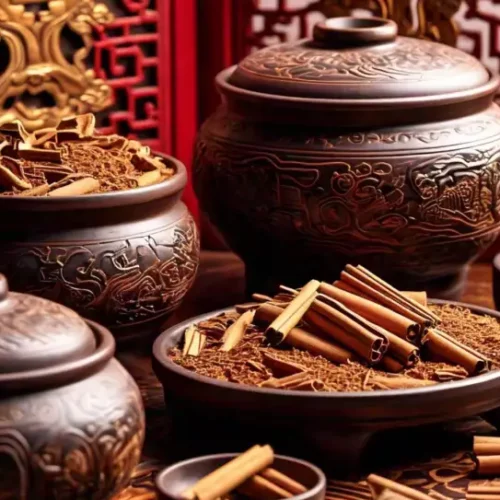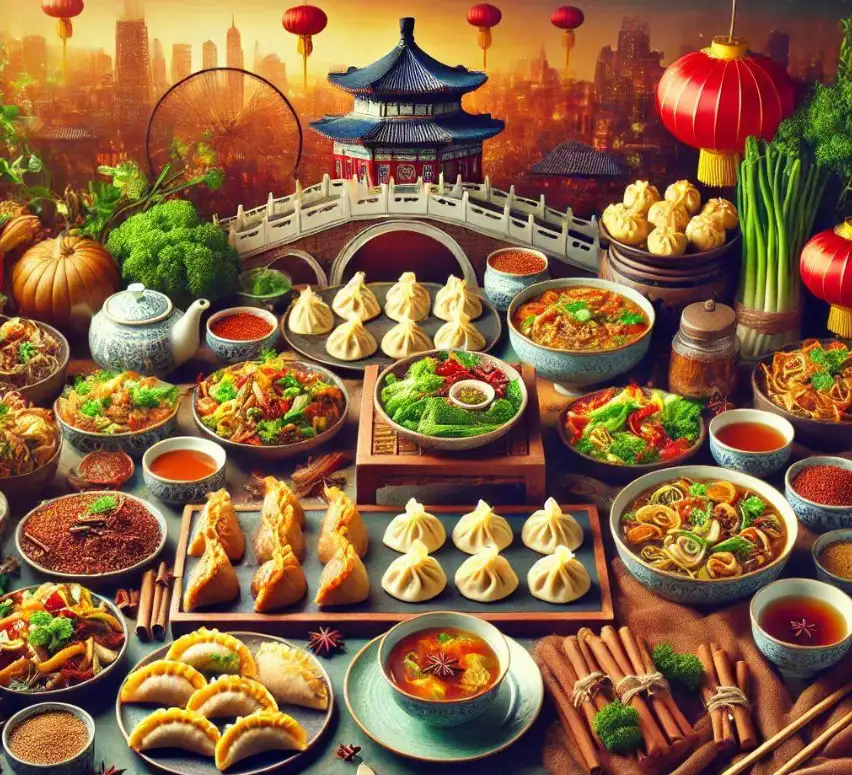Cinnamon, widely known as Cinnamomum cassia, has been a staple in Chinese culinary and medicinal practices for centuries. The problem is, many people overlook its profound influence on traditional dishes and remedies. This article promises to unveil the rich history and versatile applications of this spice. With centuries of proven use and cultural significance, we propose a deeper exploration into how cinnamon shapes Chinese cuisine and its enduring relevance today.
Historical Significance of Cinnamon in China
In ancient China, cinnamon was considered a precious commodity. Records from Emperor Hanwu’s reign (141–87 BCE) highlight its dual role as a spice and medicine, often gifted to foreign dignitaries. Cinnamon’s medicinal properties were highly esteemed; it was known as ‘the number one medicine’ in the earliest Chinese medical texts, such as the Shen Nong Ben Cao Jing. It was used to:
- Activate Qi and blood circulation.
- Detoxify the body.
- Cure various ailments and enhance immunity.
Cinnamon’s cultural importance extended to its use in poetry and literature, especially during the Tang and Song Dynasties, where cinnamon wine and beverages were popular.
Traditional Dishes Using Cinnamon
Discover more fascinating Asian flavor combinations with our exploration of green tea and salt.
- Braised Pork in Soy Sauce (Hong Shao Rou)
- Cinnamon is often used as part of the spice mix in this iconic dish, lending its sweet and warm flavor to the savory soy sauce base.
- Spiced Beef Noodle Soup
- A comforting soup featuring beef, noodles, and a blend of spices including cinnamon sticks, star anise, and ginger. The recipe involves slow simmering to infuse deep flavors.
- Salted and Fermented Foods
- Cinnamon was historically added to preserved soybeans and salted meats to enhance flavor and aid preservation.
- Cinnamon Wine
- Popular in the Tang Dynasty, this beverage was fermented with cinnamon and other ingredients like honey and barley, creating a unique flavor profile.
- Stewed or Braised Meats
- In many regional Chinese recipes, cinnamon is combined with Sichuan peppercorns and other spices to create complex flavor layers in braised dishes.
Modern Uses of Cinnamon in Chinese Cuisine
Today, cinnamon is less commonly used than in ancient times but still retains a special place in some recipes. For example:
- Hot Pot Broths: Cinnamon adds depth to the spicy and savory broths enjoyed across China.
- Desserts and Beverages: Cinnamon is occasionally used in sweets and herbal teas for its warming properties.
Health Benefits and Everyday Applications
Cinnamon continues to be valued for its health benefits, such as improving digestion, increasing nutrient absorption, and boosting immunity. In modern lifestyles, where sedentary habits and air-conditioned environments dominate, cinnamon’s warming properties are seen as beneficial for circulation and overall health.

Recipe: Spiced Beef Noodle Soup
Ingredients
- 3 cinnamon sticks
- 6 scallions cut into pieces
- 6 garlic cloves smashed
- 2 tablespoons minced ginger
- 1.5 teaspoons anise seeds
- 1.5 teaspoons Asian chili paste
- 7 cups water
- 4 cups low-sodium chicken broth
- ½ cup soy sauce
- ¼ cup rice vinegar
- 2.5 lbs boneless beef chuck
- 9 oz fresh udon noodles
- 1.5 lbs bok choy
- Fresh cilantro for garnish
Instructions
- Heat vegetable oil in a pot. Add cinnamon, scallions, garlic, ginger, anise seeds, and chili paste; cook for 1 minute.
- Add water, chicken broth, soy sauce, and vinegar. Bring to a boil.
- Add beef chunks and simmer gently for 1.5 hours.
- Cook noodles separately and set aside.
- Add bok choy to the soup and simmer until tender.
- Serve the soup with noodles, garnished with cilantro
Cinnamon’s legacy in Chinese cuisine is a testament to its versatility and cultural importance. From its historical use in medicinal practices to its role in enriching dishes, this spice remains a cherished ingredient. Whether you’re savoring a bowl of beef noodle soup or exploring its health benefits, cinnamon continues to connect us to China’s rich culinary heritage.

